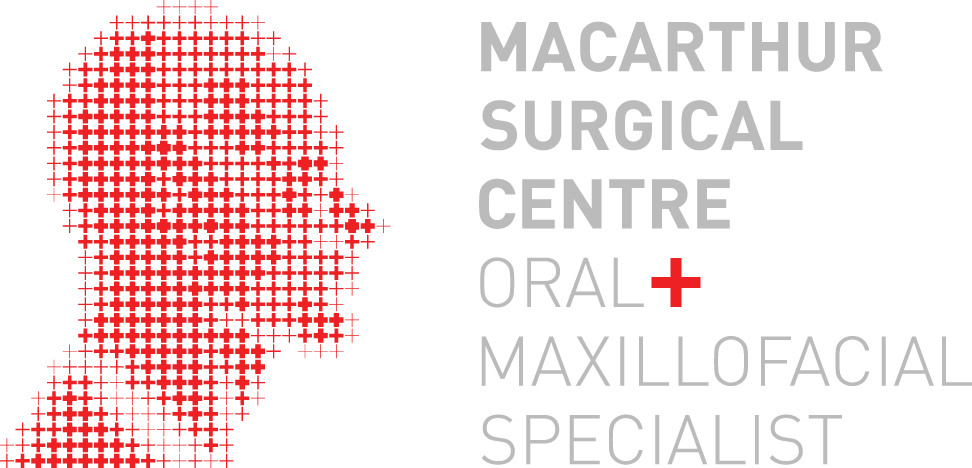Surgical Orthodontics
Surgical Exposure
Sometimes, a tooth will get 'stuck' and not come in on its own. In these situations when teeth fail to erupt properly, they are called 'impacted'. While impacted wisdom teeth are typically, other impacted teeth may need help to get them to erupt and grow in properly.
Orthodontic exposure of impacted teeth often requires a team effort between an oral surgeon and an orthodontist. Dr. Singh will work closely with your orthodontist to develop the most effective treatment plan for your child. Treatment will vary for each patient according to his or her needs and may include simple exposure of the tooth; the removal of baby teeth or extra teeth that may be blocking the eruption; and the attachment of brackets and wires designed to guide the tooth into proper position. In some cases, an orthodontist will use braces to first create a space for the impacted tooth to occupy once it has erupted.
Dr. Singh will discuss all the details with you and answer any questions you may have about your specific situation.
Temporary Anchorage Devices
Temporary Anchorage Devices – or TADs – are small titanium anchors used in certain orthodontic cases to help achieve quicker tooth movement with more efficiency and comfort. TADs may be used in addition to braces or as an alternative to headgear.
How are TADs placed?
A strong anesthetic is used to numb the gum tissue and the jaw surrounding the area where the TAD will be placed. Once the area is numb, your doctor will gently place the TAD through the gum tissue and firmly into the jawbone. The placing of a TAD is quick, and may be over before you know it. While your doctor is placing the TAD, you may feel slight pressure, but within a day, you will no longer be able to feel the TAD. Your TAD is removed once your treatment is complete, or when it is no longer needed to help straighten your teeth. Removal of a TAD is a comfortable procedure that takes just a few minutes.
Orthodontic Bone Anchor (OBA)
The Orthodontic Bone Anchor allows more predictable tooth movement in orthodontic applications, by providing skeletal anchorage with screw anchors and plate anchors.
Plate anchors allow placement away from tooth roots and can be contoured and/or trimmed to conform to patient anatomy.
Anchors are a fundamental part of orthodontic treatment, planning and subsequent treatment delivery. These anchorage devices are commonly used to facilitate movement of teeth within the upper and/or lower jaws – when a large amount of tooth movement is required, or dental anchorage is insufficient because of absent teeth or periodontal loss (loss of bone around the teeth).
Where are the devices placed:
- In the cheekbone
- In the nasal bones of the upper jaw
- In the canine (teeth next to your four front teeth) region of the lower jaw
- In the molar (wisdom teeth) region of the lower jaw

